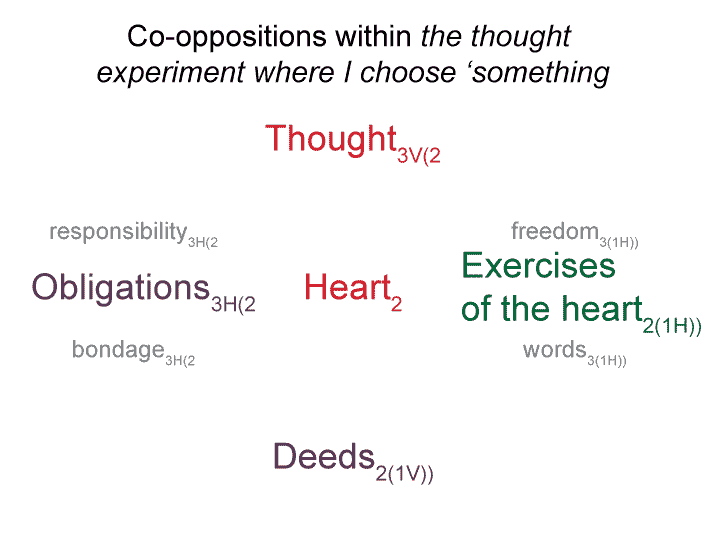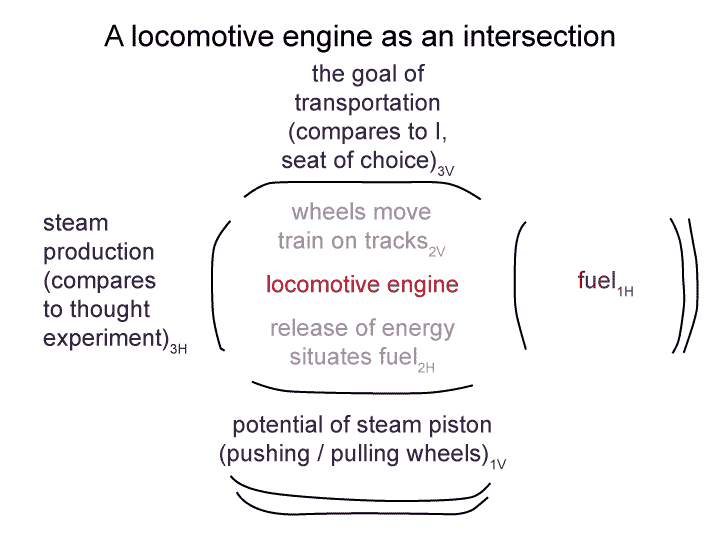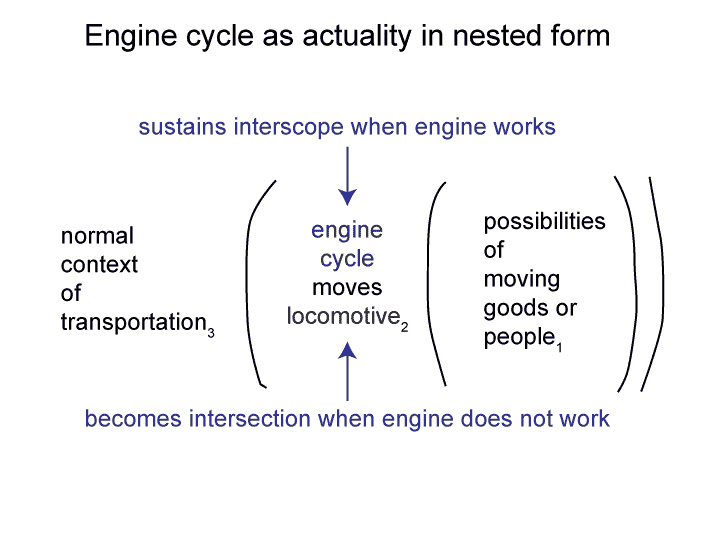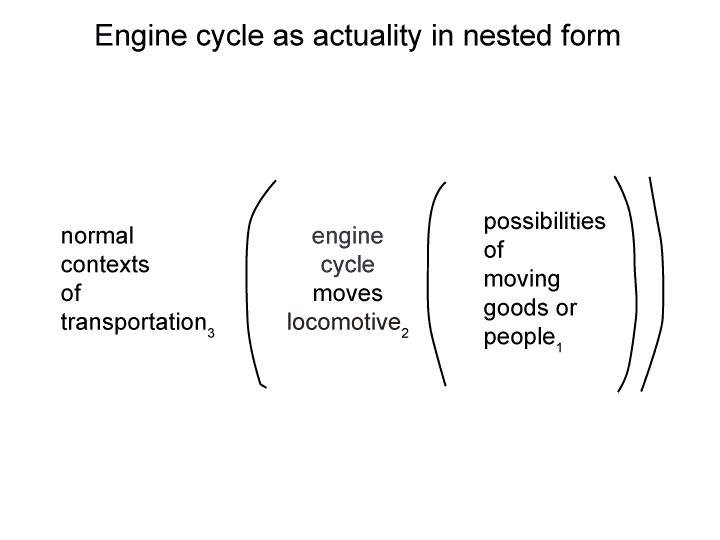Category Archives: Interscope & Intersection
Man and Sin by Piet Schoonenberg (1964) 2.3 UI
[Responsibility tends to exclude the normal context belonging to words, and visa versa.]
Man and Sin by Piet Schoonenberg (1964) 2.3 UH
[Freedom and bondage are exclusively opposed even though they are both exercises of the heart2(1H).
What does this imply?
Since exclusion is a property of the realm of normal context, each of these terms co-oppose an independent normal context.
Freedom2(1H)) co-opposes responsibility3H(2.
Bondage2(1H)) co-opposes words3H(2.]
Man and Sin by Piet Schoonenberg (1964) 2.3 UF
Summary of text [comment] pages 84 and 85
[Ah, what about the prior models?
Free will is a term that belongs to both the intersections of ‘my heart2’ and ‘what is good and what is bad2’.
Free will associates to the potentials of each vertical axis, something that I may choose1V and conscience1V.
Similarly, free choice belongs to the single actuality of ‘my heart’2 and what is good and what is bad2.]
Man and Sin by Piet Schoonenberg (1964) 2.3 UB
[Common use of the term ‘free will’ shows that speakers do not readily distinguish between these two associations.
May I? gets confounded with can I?.
One question is theological. The other is practical.]
Man and Sin by Piet Schoonenberg (1964) 2.3 UA
Summary of text [comment] pages 83 and 84
[What about the potentials underlying the heart2?
‘Free will’ associates with the something that I may choose1V (and by comparison, with consciencespecified1V).
Does ‘free will’ also associate to the grounds of the exercises of the heart2H(1H)) (and by comparison, with ‘the potential inherent in me1H’)?
Man and Sin by Piet Schoonenberg (1964) 2.3 TZ
[When a locomotive engine breaks, there are so many issues to consider.
What is the problem? Is it the fuel? Is it the way that the fuel burns? Is it steam production? Is it the working of the steam piston? Is it the connection to the wheels? Why are the wheels turning to move the train? What am I going to do if I cannot move my goods to market?
Does that sound like the travails of a broken heart?]




